Sartorial Swiss-Army knife…
On my 19-country Twin Town Courier tour to Ukraine by 1968 Lambretta I had an extreme version of the same problem. I needed a smart jacket for meeting mayors once I got off the scooter, but I didn’t have space to carry much stuff. Night-mayors!
Enter the Knox ‘mid-layer’ Winter Jacket: a sartorial Swiss-Army knife for scooterists. The softshell fabric has a soft fleece inner and contains a membrane to be fully windproof but still breathable.
In warm conditions it’s less bulky to pack away than a hoodie, but the material is amazingly crease-resistant so you can pull it out of a bag, sling it on and have something dapper to wear off the bike.
In cooler seasons the Wind Buddy can either be worn as a replacement for the liner of your motorcycle jacket or even as an additional layer when it’s colder than penguin goolies.
Nicely made, comfy and technical. A top bit of kit.
The Winter Jacket – also known as the Core V15 (why have one name for a product when ten will do) – retails at £79.99, but you can find it for less then £60 if you hunt around online.
For more information see the Planet Knox web site.
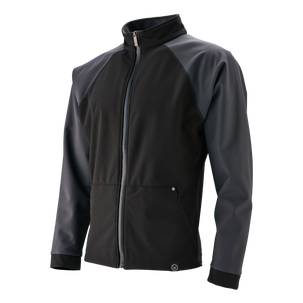
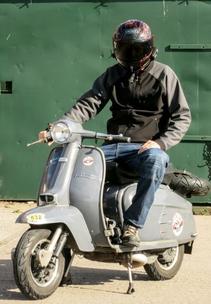

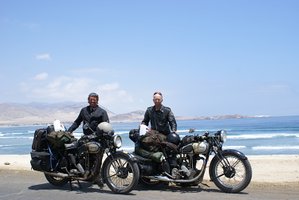
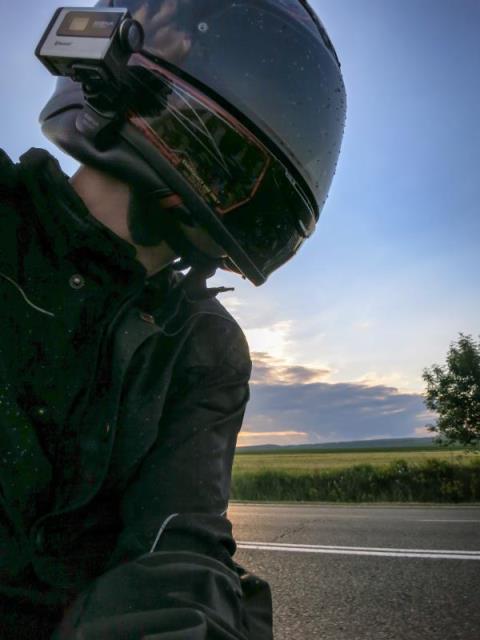
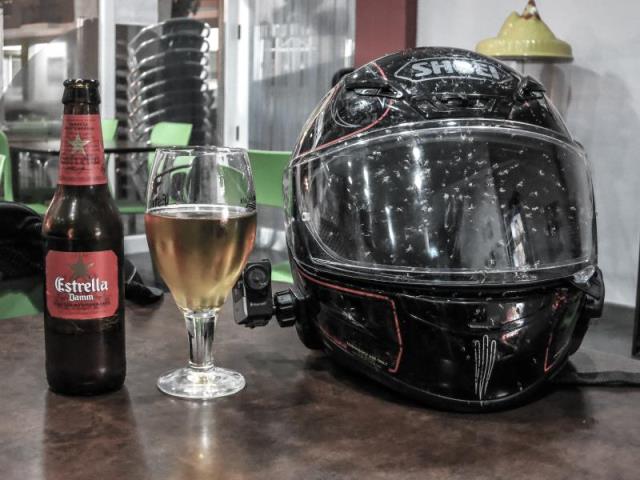


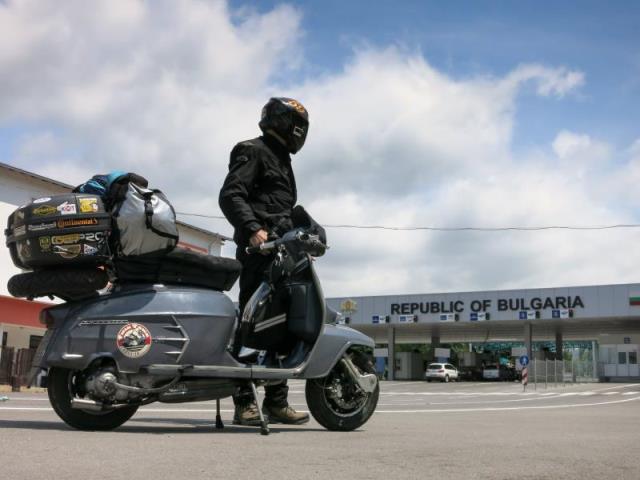
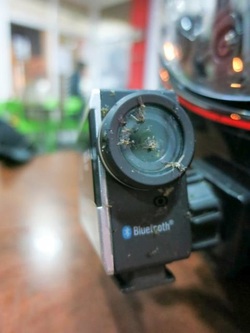









 RSS Feed
RSS Feed